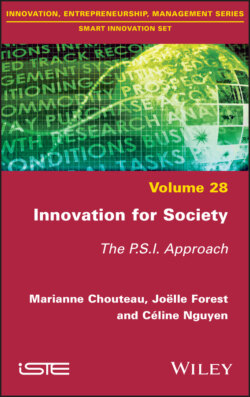Читать книгу Innovation for Society - Joëlle Forest - Страница 9
1.2.1.2. A contested relationship to progress
ОглавлениеHowever, as early as the 18th Century, the question of limits was raised, of a progress beyond which we had as much to lose as to gain:
Is it necessary to wrest from nature all that can be obtained from it […]? Is not everything else by chance the extravagance of the species […], that is to say, a sure means of living miserably, taking too much care to be happy? […] When nature has been defeated, the rest is just a display of triumph that costs us more than it gives back. [DID 29, p. 313]
In short, Diderot raises the question of the meaning of human action, of reasoned progress in the face of individuals, whether scientists or innovators, who do not necessarily master the powers that their minds give them.
While in the 19th Century there was growing suspicion of the relationship between technological progress, moral progress and the capacity of the latter to contribute to human happiness, World Wars I and II dealt a fatal blow to the very idea of progress when the most developed nations of the world clashed in a conflict in which technology played a key role and became its most deadly in the history of mankind2.
By the middle of the 20th Century, the break with the idea of progress seemed to be complete. Many intellectuals questioned the lack of knowledge of the transformational power offered by innovations [WIE 59] and denounced the autonomous nature of technology which inevitably had unintended consequences [ELL 54].
Let us take a concrete example to illustrate the point of view of the philosopher Jacques Ellul. The first urban drainage systems spread to cities in the Middle Ages. The most widely used technique was that of “everything out in the street”3, leading to ill health, epidemics and pestilences. It was not until 1854 that engineer Eugène Belgrand, under the orders of Baron Haussmann, set up a sewer system to convey effluents to the Seine downstream. A remarkable advance for Paris, this solution actually only displaced pollution in the northwestern part of Paris and paved the way for water treatment techniques before returning it to the natural environment. These stations in turn led to new innovations aimed at reducing water pollution (linked to the presence of drug residues that were responsible for the appearance of sequentially hermaphroditic fish) or reducing electricity consumption.
The history of wastewater treatment thus reveals that technology creates as many problems as it solves and leads to a process of self-generation of technology in which people are now obliged to repair the damage caused by technology by means of new technical innovations which themselves create new problems [JON 90]4. There is in fact an empowerment of the technology creation process. However, this process can obscure the question of initial intentions and, in so doing, confuse the issue of the overall direction of modern society at a time when the long-term effect of technologies is increasingly unpredictable5.
